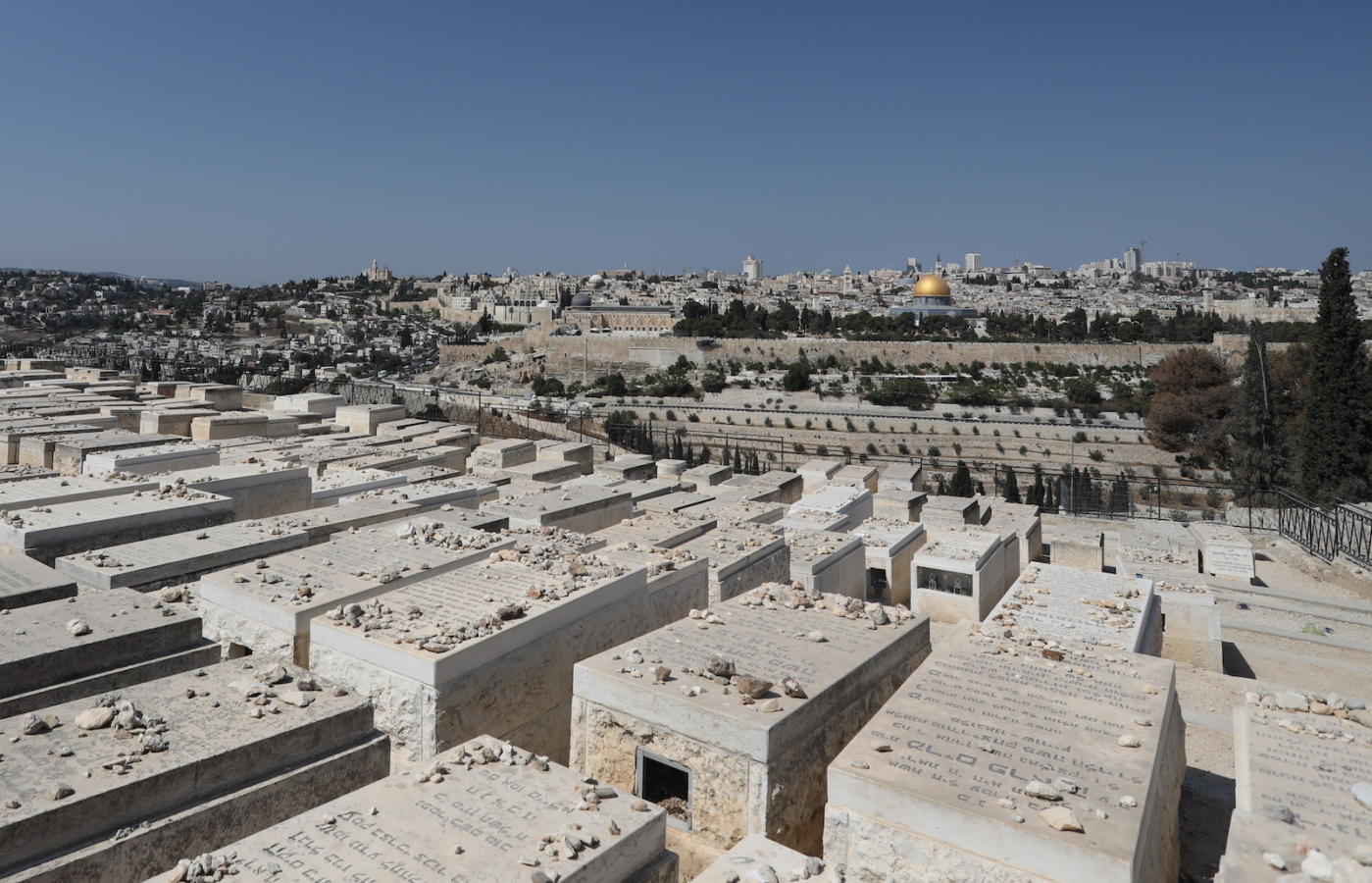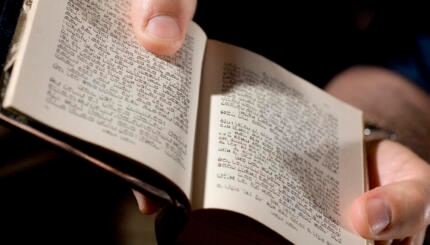One of the most daring prayers in the daily Jewish liturgy is the second blessing of the Amidah, which praises God for “giving life to the dead.”
Worshipers have always had the choice of whether to read words literally or metaphorically. In the 19th century, literalists who could not abide by a belief in a physical, bodily resurrection rewrote the prayer, praising God who “plants within us eternal life” (Rabbi David Einhorn, 1856) or who “gives life to the souls of the dead” (Rabbi Isaac Mayer Wise, 1873).
But for those willing to read this as metaphor and analogy, there are a host of options for understanding this line, many of them from the rabbis of the Talmud.
Resurrection and Waking Up
“The school of R. Yannai said: One who wakes from sleep must say: Blessed are You, YHVH, who gives life to the dead.” (Jerusalem Talmud Berakhot 33a).
With your help, My Jewish Learning can provide endless opportunities for learning, connection and discovery.
We often take for granted that we will wake up from sleep. But there is no guarantee that we will live another day. Nowadays, the Jewish prayer book offers a different prayer to be said upon waking: Modeh Ani. The school of Rabbi Yannai, however, had an earlier tradition. They encourage us to consider the simple act of regaining consciousness in the morning equivalent to rising from the dead.
Indeed, elsewhere rabbinic literature considers sleep 1/60 of death (Genesis Rabbah 17:5; Babylonian Talmud Berachot 57b). So the link between resurrection and awakening is not completely unknown. We have all experienced a form of it every morning.
Centuries later, the Baal Shem Tov, the founder of Hasidism, proposed an interpretation of waking up in which you are, in fact, reborn:
“One should wake up with energy from his sleep, for he was renewed and made into another person, who was worthy to be born.” (Tzava’at HaRibash, Brooklyn, 1998, p. 9)
Resurrection and Seeing the Other
“R. Yehoshua ben Levi said: He who sees his friend … after 12 months says: Blessed … who gives life to the dead.” (Babylonian Talmud Berachot 58b)
Seeing one’s friend after not being in touch for an entire year is an opportunity to bless God for raising the dead. Death is not only an objective experience for the person. You can be “dead to someone” you simply lose touch with. A relationship, once frozen, begins again with a reconnection after 12 months.
Resurrection and Child Birth
One of the key phrases in the Amidah blessing is the description of God as one who “causes death and gives life.” This phrase is actually a direct quote from the Book of Samuel (1 Samuel 2:6). The prophet Samuel’s mother, Hannah, is the paradigmatic example of a woman who for many years could not give birth and then was granted a child. In her prayer of gratitude, Hannah calls God the one who “causes death and gives life.” Having been barren and unable to give life, she has been transformed into a mother.
The original biblical context of this phrase is thus not about a physical resurrection of a dead body, but about the body of a child. The blessing then is about being able to give life to a new person. Hannah is in some ways created anew in this transformation and given new life.
Other Experiences of Resurrection
Besides these literary links to other sources, the Amidah blessing itself understands certain experiences to be analogous to returning from the dead. The blessing praises God for “causing the wind to blow, causing the rain to fall, feeding all living things … supporting the fallen, healing the sick, and releasing the captive.” (Other ancient versions of the prayer include God supporting the poor.)
Each of these actions give renewed life. The first three relate to the renewal of agriculture and the source of food. In the winter, death reigns — but this is not a permanent state of affairs. Every spring vegetation “returns to life” through new growth. Similarly, the experiences of being supported after falling, being healed after a sickness, being released after having been taken captive, or overcoming poverty are mini experiences of resurrection.
In sum, the prayer praising God as giver of life has a broad understanding of that experience. While certainly physical resurrection is an element of this blessing, it is not the only possible understanding of the phrase. Rabbinic literature itself understands many experiences as aspects of resurrection, and it is these experiences that the prayer encourages us to notice and never take for granted.
Rabbi Elie Kaunfer is president and CEO of the Hadar Institute. This essay is adapted from his forthcoming book on interpreting the Amidah.



